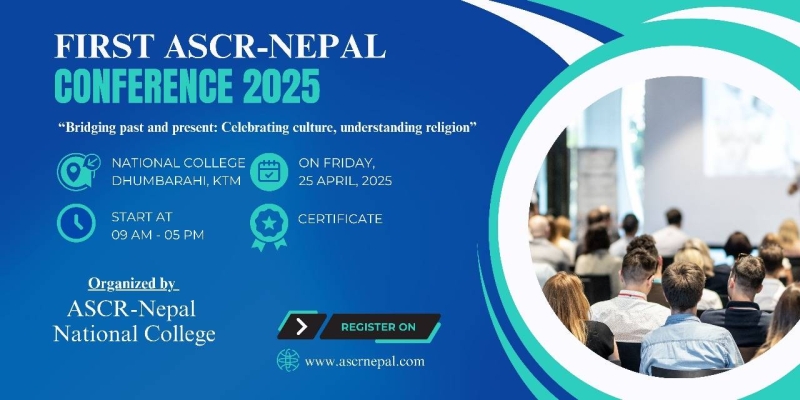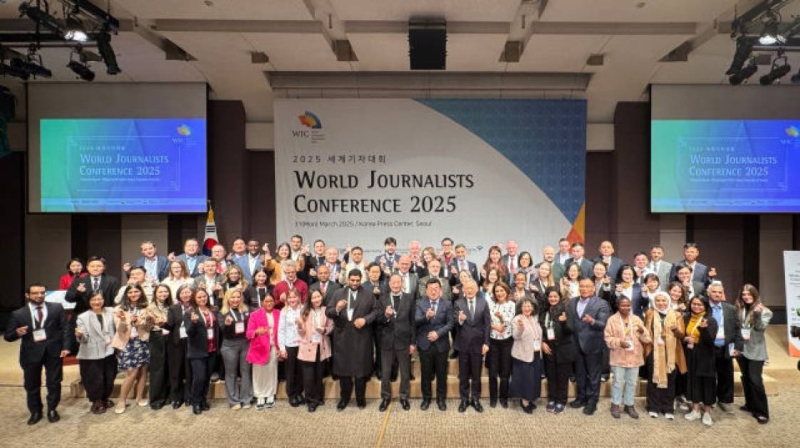Sectarian strife hits tsunami recovery
Sectarian strife hits tsunami recovery
Published: 12:00 am Jan 07, 2007
Mohideen Ajeemal is determined to put the dark days of the Dec. 26, 2004 tsunami, which claimed two of his children, behind him. “I am looking forward, not behind,” he said as he sat in the rebuilt premises of his fish wholesale business on the Kalmunai beach in eastern Sri Lanka. “I am happy, life is almost normal and things are moving on. Business is not perfect but it is catching up.” More than 8,000 people perished along the stretch of beach that Ajeemal calls home and where the rampaging waves made landfall in Sri Lanka around 9.30am local time on that fateful Christmas. Ajeemal has acquired a new home under the massive $3.5 billion rehabilitation programme. He considers himself lucky because two years after the catastrophe, which killed 38,000 Sri Lankans and made a million others homeless, it is fair to say the effort has been stymied by political interference, bureaucratic bottlenecks and ethnic strife.
Fewer than half of the required 110,000 houses have been constructed. But what is of concern is that the worst hit areas, the north and east of the island country, appear to have been grossly neglected at the cost of better rehabilitation and reconstruction in the Sinhala-dominated south, leading to charges of discrimination and political patronage.
Hostilities between government forces and Tamil militants fighting for a separate homeland claimed more than 3,500 lives last year, seriously violating a four-year-old ceasefire. The violence has brought reconstruction efforts in the north and east to a standstill with some agencies having had to pull out staff due to safety fears. “It is not the lethargic attitude but delay in process due to unavoidable circumstances. In the conflict areas the work has been hampered to some extent. But despite the fact that security is not so good in some areas we have still managed to reconstruct,” RADA head Shanti Fernando said. Fernando predicted that the housing reconstruction effort would be complete by the end this year but others appear pessimistic.
“At this rate of housing reconstruction it would take at least five ears to complete the housing reconstruction programme,” said local researcher Muttukrishna Sarvananthan, who carried out a countrywide survey on tsunami beneficiaries.
The Sarvananthan study found that poverty levels among tsunami victims had gone up. “Poverty, in terms of both headcount and severity, had increased after the tsunami in comparison to before in all three regions under consideration,” the study titled ‘People’s Verdict on Tsunami Recovery in Sri Lanka,’ said. ‘’The household income data reveal that the majority of the tsunami affected households live in absolute poverty.”
Sarvananthan said that poverty levels in the south, north and east had jumped from 64 per cent to 80 per cent after December 2004. The survey revealed that 57 per cent of the tsunami-hit families earned less than one dollar a day. Before the tsunami it was 34 per cent. All this makes Kalmunai’s Ajeemal even more satisfied with the defiant stand he took soon after December 2004. He was among the first to return to the devastated beach and recommence business ignoring the buffer zone ruling. “I never wanted to depend on others, you never know what will happen,’’ Ajeemal said. — IPS





